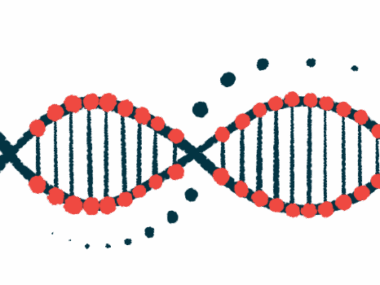Gaucher Treatment Can Partly Correct Altered Cell Levels in Bone Marrow, Study Says
Written by |

People with Gaucher disease (GD) show high levels of antibody-making plasma cells in bone marrow areas rich in abnormal Gaucher cells, a study reports.
However, treatment with specific GD therapies can partly reverse these alterations.
The study, “Bone Marrow Plasma Cell Burden in Gaucher Disease Correlates with Local Macrophage Infiltration and May be Altered By Disease Treatment,” was presented at the recent 62nd American Society of Hematology Annual Meeting, held in Orlando.
GD is caused by mutations in the GBA gene. This leads to altered formation of the beta-glucocerebrosidase enzyme, which in turn results in the buildup of a lipid molecule called glucosylceramide in cells.
Immune cells called macrophages infiltrate the organs and take in the cells with abnormally accumulated glucosylceramide, then transforming into Gaucher cells and leading to GD symptoms.
Yet, the reason for the increased risk for plasma cell dyscrasia, such as multiple myeloma, in people with GD remains unknown. These disorders are characterized by the uncontrolled expansion of a type of white blood cell called plasma cells, which produce the antibodies that form the body’s immune defense.
In the study, investigators collected bone marrow samples from 11 previously untreated patients (21 to 86 years old) with type 1 GD (GD1), the most common form of the disease. All patients were followed at Karolinska University Hospital, in Sweden.
All but one patient carried at least one GBA gene copy with a N370S mutation, a common cause of GD. Four had had their spleens removed and six others had splenomegaly (enlarged spleen). Three patients had anemia, and 10 had thrombocytopenia, or abnormally low numbers of platelets. Also, 10 had elevated blood levels of ferritin, a protein that stores iron.
Two patients tested positive for myeloma protein — an abnormal antibody fragment produced by proliferating plasma cells. Levels of antibodies (immunoglobulins) were increased in five patients and decreased in two.
Before treatment, plasma cells were more common in Gaucher cell-rich areas. In contrast, areas characterized by normal bone marrow tissue had significantly lower plasma cell infiltration. In one patient, who died shortly after the start of the study, the level of plasma cell infiltration level was consistent with myeloma.
After bone marrow sampling, 10 patients began disease-specific therapy, nine receiving enzyme replacement therapy and one treated with substrate reduction therapy.
Follow-up samples were obtained in five patients, 12 to 14 months from treatment onset. In four cases, plasma cell levels decreased in Gaucher cell-rich areas, but increased in areas with dominant normal bone marrow.
“Bone marrow in GD1 demonstrates increased plasma cell density, particularly in areas affected by the disease. This phenomenon seems to be at least partly modified by disease specific therapy, albeit at a slow pace,” the scientists wrote.



